Home>Gardening & Outdoor>Pool & Spa Care>How To Test Hot Tub Heater Element
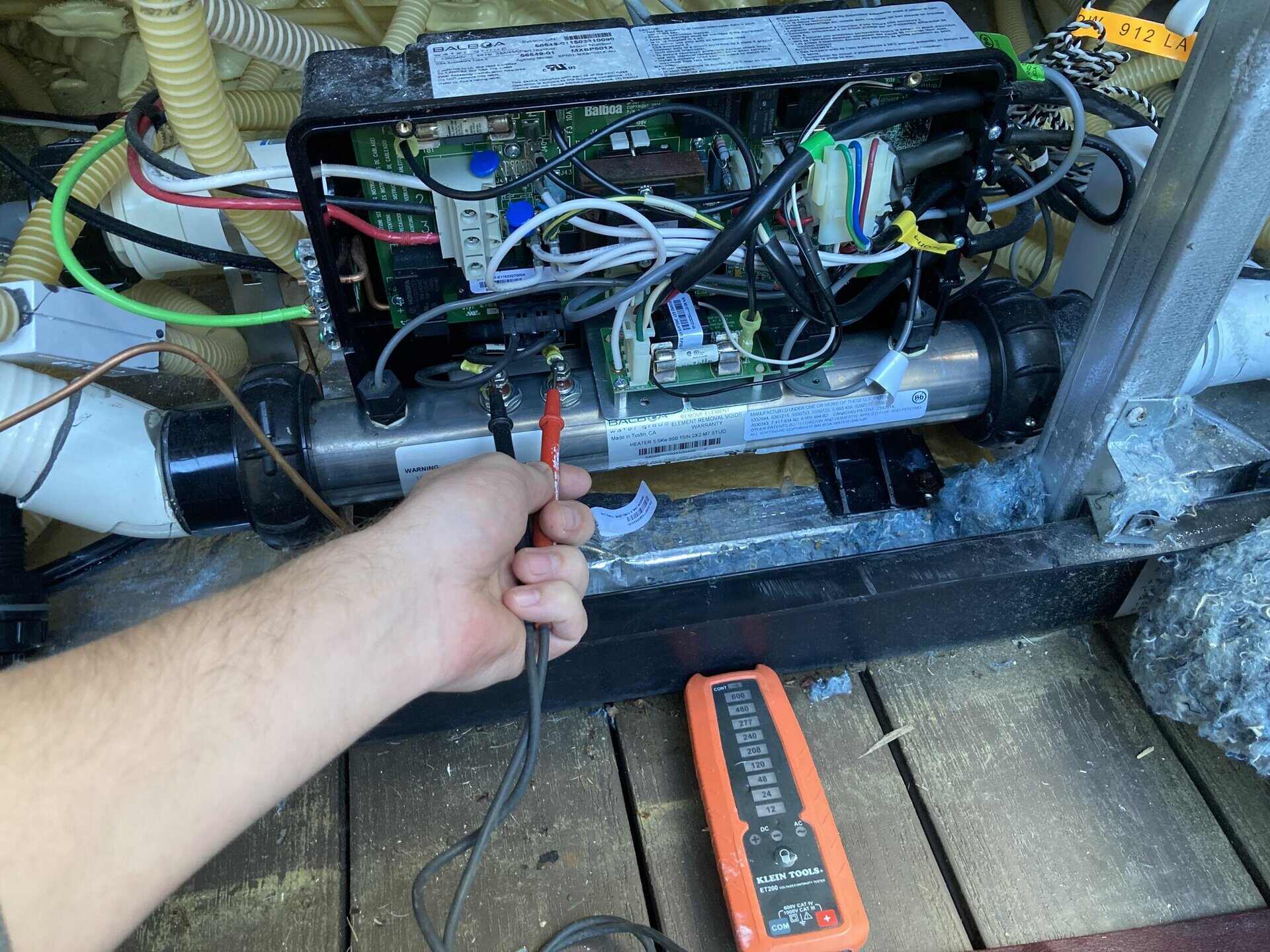

Pool & Spa Care
How To Test Hot Tub Heater Element
Modified: October 18, 2024
Learn how to test a hot tub heater element with our expert pool and spa care guide. Keep your hot tub in top shape with our easy-to-follow tips.
(Many of the links in this article redirect to a specific reviewed product. Your purchase of these products through affiliate links helps to generate commission for Storables.com, at no extra cost. Learn more)
Introduction
So, you're ready to dive into the world of hot tub maintenance and care. One of the most crucial components of a hot tub is its heater element. Understanding how to test the hot tub heater element is essential for ensuring that your relaxing oasis stays at the perfect temperature. Whether you're a seasoned hot tub owner or a newcomer to the world of aquatic relaxation, this guide will walk you through the process of testing your hot tub's heater element.
A malfunctioning heater can quickly put a damper on your hot tub experience, but fear not! With the right knowledge and a few tools, you can easily diagnose and troubleshoot issues with your hot tub's heater element. In this comprehensive guide, we'll cover everything from the basics of hot tub heater elements to the step-by-step process of testing them. By the end of this article, you'll feel confident in your ability to keep your hot tub in top-notch condition.
So, grab your testing tools and let's dive in to uncover the secrets of hot tub heater element testing!
Key Takeaways:
- Keep your hot tub in top condition by testing the heater element regularly. Use safety gear, a multi-meter, and follow the step-by-step guide to troubleshoot and maintain optimal performance.
- Mineral buildup, faulty continuity, and inadequate voltage are common issues to watch for when testing your hot tub heater element. Address these problems promptly to ensure a relaxing and enjoyable hot tub experience.
Read also: 15 Amazing Hot Tub Heater Element For 2025
Understanding Hot Tub Heater Elements
Before diving into the testing process, it's essential to have a solid understanding of hot tub heater elements. These vital components are responsible for heating the water in your hot tub to the perfect temperature, providing you with a soothing and relaxing experience. Most hot tubs are equipped with electric heater elements, which consist of a heating coil housed within a protective casing.
The heating coil, often made of materials like stainless steel or titanium, is designed to withstand the corrosive effects of hot tub water and efficiently transfer heat to the surrounding water. As electricity passes through the heating coil, it generates heat, warming the water to the desired temperature. The efficiency and performance of the heater element directly impact the overall temperature maintenance of your hot tub.
It's important to note that heater elements can degrade over time due to factors such as mineral buildup, corrosion, or electrical issues. Regular maintenance and periodic testing are crucial for identifying any potential problems and ensuring that your hot tub continues to operate smoothly.
By familiarizing yourself with the function and construction of hot tub heater elements, you'll be better equipped to diagnose and address any issues that may arise. With this knowledge as your foundation, you'll approach the testing process with confidence and a clear understanding of the role that the heater element plays in maintaining your hot tub's temperature.
Tools and Materials Needed
Before embarking on the task of testing your hot tub heater element, it's important to gather the necessary tools and materials. Having the right equipment on hand will streamline the testing process and ensure that you can accurately assess the condition of the heater element. Here's a list of essential tools and materials you'll need:
- Multi-Meter: A multi-meter is a versatile tool that allows you to measure voltage, resistance, and continuity. It is essential for testing the electrical components of the heater element.
- Safety Gloves and Goggles: Working with electrical components requires taking safety precautions. Ensure that you have a pair of insulated gloves and protective goggles to shield yourself from potential hazards.
- Screwdriver Set: A set of screwdrivers, including both flathead and Phillips head varieties, will be necessary for accessing the internal components of your hot tub.
- Owner's Manual: The hot tub's owner's manual can provide valuable insights into the specific configuration of the heater element and the recommended testing procedures.
- Replacement Parts (Optional): In the event that testing reveals a faulty heater element, having replacement parts on hand can expedite the repair process.
By ensuring that you have these tools and materials readily available, you'll be well-prepared to carry out the testing procedure with confidence and precision. Additionally, maintaining a safe working environment by using protective gear is crucial when dealing with electrical components. Now that you're equipped with the necessary tools, it's time to proceed with the testing process and ensure that your hot tub's heater element is functioning optimally.
Safety Precautions
When testing a hot tub heater element, prioritizing safety is paramount. Working with electrical components and hot tub systems requires a cautious and methodical approach to prevent accidents and ensure personal well-being. Before initiating the testing process, it's essential to adhere to the following safety precautions:
- Power Off the Hot Tub: Before conducting any tests on the heater element, ensure that the hot tub is completely powered off. This includes turning off the circuit breaker or disconnecting the hot tub from its power source to eliminate the risk of electrical shock.
- Use Insulated Tools: When handling electrical components, such as the heater element and associated wiring, use insulated tools to minimize the risk of electrical contact. Insulated screwdrivers and pliers are essential for safe handling.
- Wear Protective Gear: Prior to commencing the testing procedure, don safety gloves and protective goggles to shield yourself from potential electrical hazards and ensure personal protection.
- Refer to the Owner's Manual: Consult the hot tub's owner's manual for specific safety guidelines and precautions related to testing the heater element. Manufacturers often provide detailed instructions to ensure safe maintenance procedures.
- Seek Professional Assistance: If you are uncertain about any aspect of the testing process or encounter unfamiliar issues, it's advisable to seek assistance from a qualified hot tub technician to avoid potential hazards.
By adhering to these safety precautions, you can mitigate the inherent risks associated with testing hot tub heater elements and create a secure environment for conducting maintenance tasks. Prioritizing safety not only safeguards your well-being but also contributes to a smooth and efficient testing process. With these precautions in place, you can proceed with confidence and peace of mind as you assess the condition of your hot tub's heater element.
Testing the Hot Tub Heater Element
Now that you've familiarized yourself with the essential tools, materials, and safety precautions, it's time to embark on the process of testing your hot tub's heater element. This step-by-step guide will walk you through the testing procedure, allowing you to accurately assess the condition of the heater element and identify any potential issues that may be affecting its performance.
Read more: How To Test A Hot Tub Pump
Step 1: Power Off the Hot Tub
Prior to initiating any testing, ensure that the hot tub is completely powered off. This includes disconnecting the power supply and turning off the circuit breaker to eliminate the risk of electrical shock during the testing process.
Step 2: Access the Heater Element
Depending on the specific configuration of your hot tub, you may need to remove access panels or covers to reach the heater element. Use the appropriate tools, such as a screwdriver, to carefully access the internal components of the hot tub.
Step 3: Inspect the Heater Element
Visually inspect the heater element for any signs of damage, corrosion, or mineral buildup. These issues can indicate potential problems with the heater element and may require further testing to assess its functionality.
Step 4: Use a Multi-Meter to Test Continuity
Set your multi-meter to the continuity or resistance setting, and carefully test the continuity of the heater element. Place the meter's probes on the terminals of the heater element to determine if there is a complete electrical path through the coil. If the multi-meter indicates no continuity, it may signify a fault in the heater element.
Read more: How To Test Hot Tub Water With Strips
Step 5: Test for Voltage
If the continuity test yields positive results, proceed to test for voltage across the heater element terminals. This will verify that the appropriate electrical power is reaching the heater element and that it is capable of heating the water within the hot tub.
Step 6: Record and Interpret Results
Record the readings from the multi-meter tests and compare them to the manufacturer's specifications for the heater element. Deviations from the expected values may indicate potential issues that require further investigation or potential replacement of the heater element.
Step 7: Reassemble and Power On
After completing the testing procedure, carefully reassemble any access panels or covers that were removed and restore power to the hot tub. Monitor the heater element's performance to ensure that it is functioning as intended.
By following these steps, you can systematically test the hot tub heater element and gain valuable insights into its condition and performance. This proactive approach allows you to identify and address any issues promptly, ensuring that your hot tub remains a source of relaxation and enjoyment for years to come.
Troubleshooting Common Issues
While testing the hot tub heater element, you may encounter common issues that can affect its functionality and performance. Identifying and troubleshooting these issues is essential for maintaining the optimal operation of your hot tub. Here are some common problems you may encounter during the testing process and potential solutions:
Mineral Buildup and Corrosion
If visual inspection reveals mineral buildup or corrosion on the heater element, it can impede its ability to efficiently transfer heat to the water. In such cases, carefully clean the heater element using a suitable descaling solution to remove mineral deposits and corrosion. Ensure that the element is thoroughly cleaned before retesting its functionality.
Faulty Continuity or Resistance
If the continuity test indicates a lack of electrical path through the heater element or the resistance values are outside the manufacturer’s specifications, it may signify a fault in the element. In such instances, consider replacing the heater element with a new, compatible unit to restore optimal heating performance.
Inadequate Voltage Readings
If the voltage test reveals inadequate power reaching the heater element, inspect the electrical connections and wiring for any signs of damage or loose connections. Ensure that the electrical supply to the hot tub is stable and meets the recommended voltage requirements. Address any electrical issues to ensure consistent power delivery to the heater element.
Thermostat Malfunction
In some cases, issues with the hot tub’s thermostat can impact the functioning of the heater element. If the water temperature does not reach the set level despite the heater element testing within normal parameters, consider inspecting and, if necessary, replacing the thermostat to ensure accurate temperature regulation.
Read more: How To Replace A Hot Tub Heater
Professional Assessment
If troubleshooting common issues does not resolve the heater element’s performance issues, or if you encounter complex electrical problems beyond your expertise, consider seeking assistance from a qualified hot tub technician. Professional assessment and repairs can address intricate issues and ensure the safe and efficient operation of your hot tub’s heating system.
By effectively troubleshooting common issues that arise during the testing process, you can maintain the functionality of your hot tub’s heater element and address any underlying problems that may affect its performance. Regular maintenance and proactive troubleshooting contribute to a reliable and enjoyable hot tub experience for you and your guests.
Conclusion
Congratulations! You’ve successfully delved into the realm of hot tub maintenance and gained valuable insights into the testing process for the heater element. By understanding the essential components of the heater element, equipping yourself with the necessary tools, and prioritizing safety, you’ve taken proactive steps to ensure the optimal functionality of your hot tub’s heating system.
Throughout this guide, you’ve learned the importance of regular testing and maintenance to identify and address potential issues that can impact the performance of the heater element. By following the step-by-step testing procedure and troubleshooting common issues, you’ve empowered yourself to maintain a relaxing and enjoyable hot tub experience for years to come.
Remember, the key to a well-maintained hot tub lies in proactive care and attention to its vital components. By incorporating regular testing of the heater element into your maintenance routine, you can address any issues promptly and preserve the efficiency of your hot tub’s heating system.
As you continue to enjoy the soothing waters of your hot tub, keep in mind the knowledge and skills you’ve acquired through this guide. Your dedication to maintaining the heater element and the overall health of your hot tub will ensure that it remains a cherished oasis of relaxation and rejuvenation.
So, go ahead and celebrate your newfound expertise in testing hot tub heater elements. With your commitment to proper maintenance, you can look forward to countless moments of tranquility and bliss in your rejuvenating hot tub sanctuary.
Frequently Asked Questions about How To Test Hot Tub Heater Element
Was this page helpful?
At Storables.com, we guarantee accurate and reliable information. Our content, validated by Expert Board Contributors, is crafted following stringent Editorial Policies. We're committed to providing you with well-researched, expert-backed insights for all your informational needs.

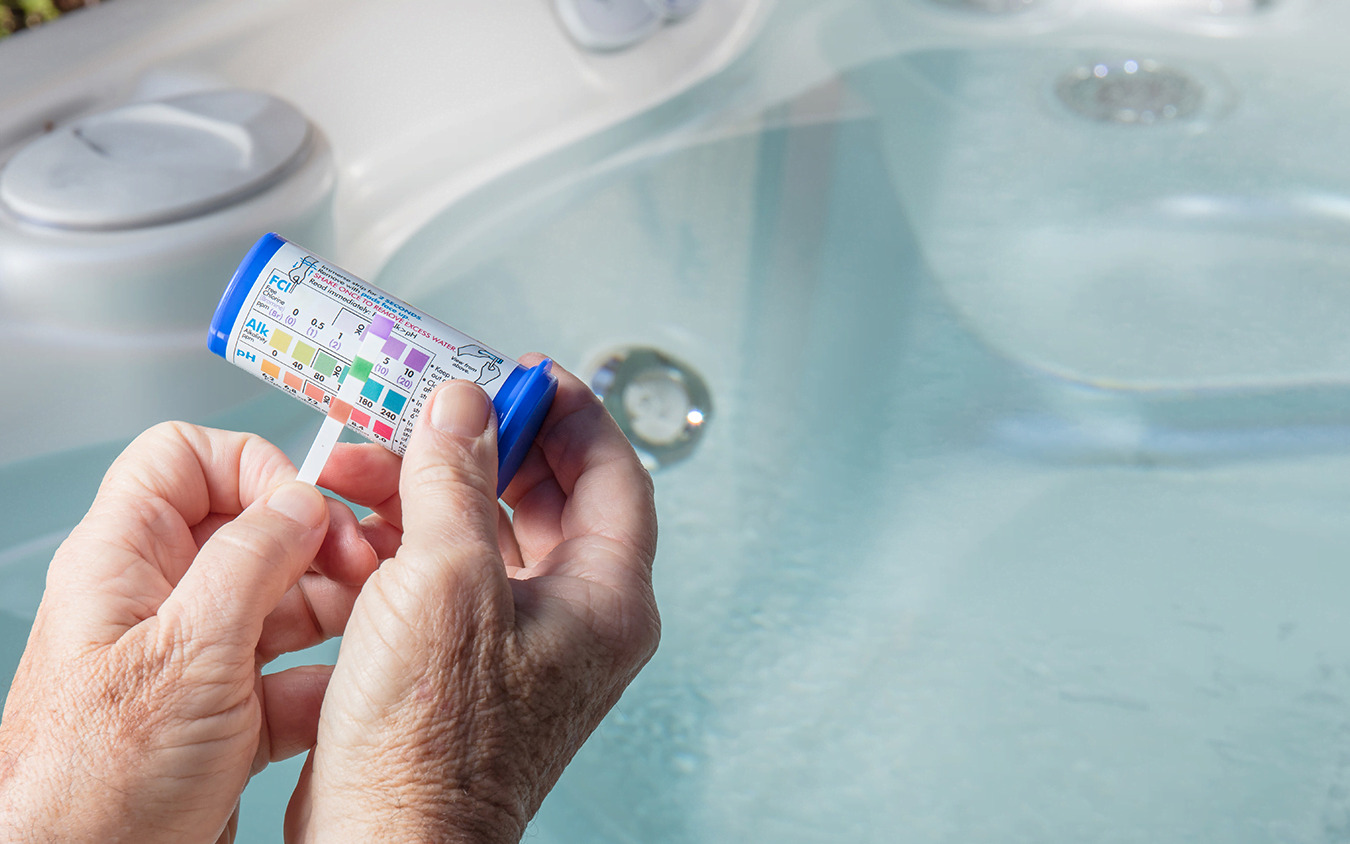
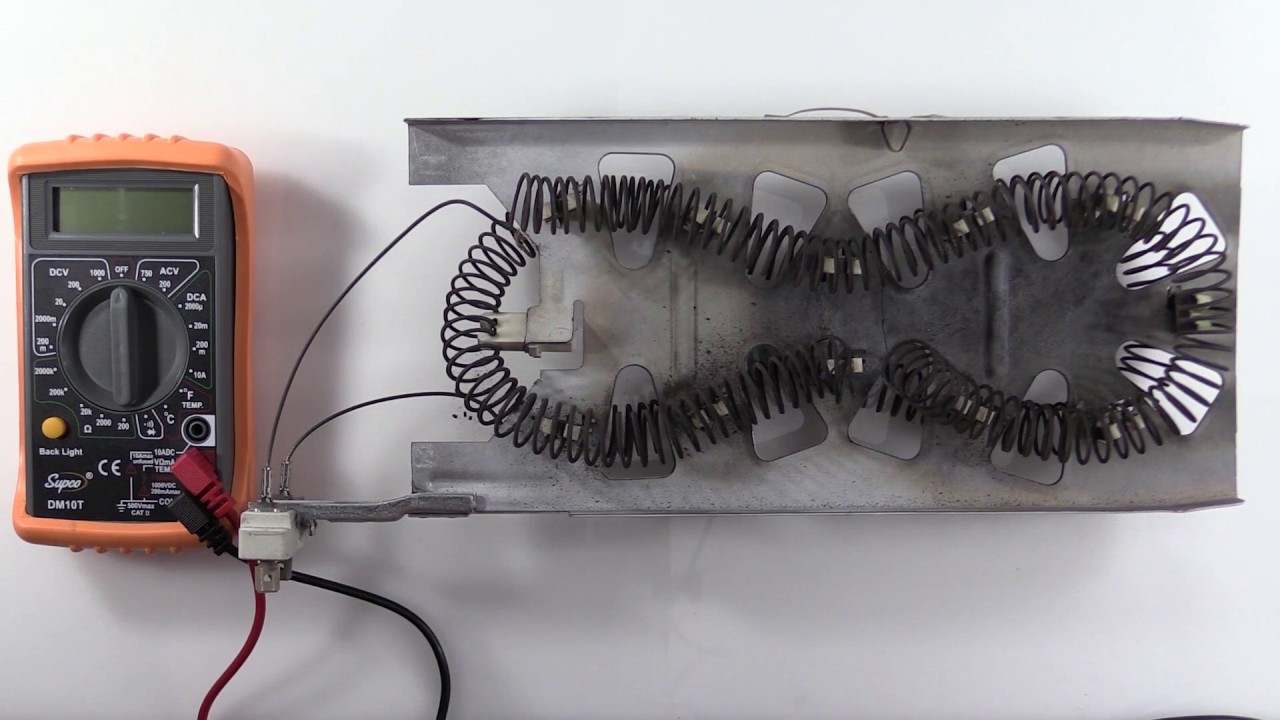
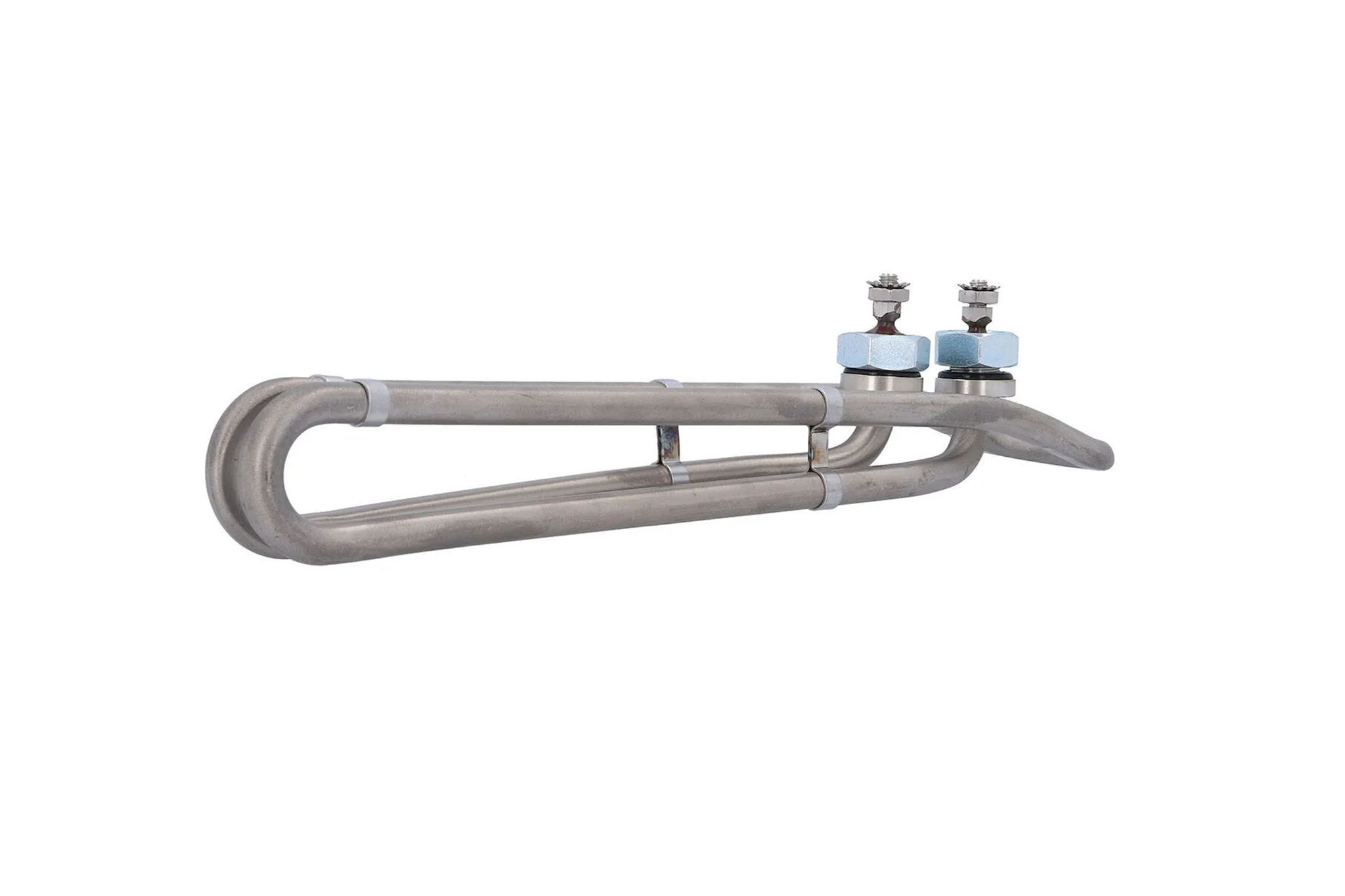
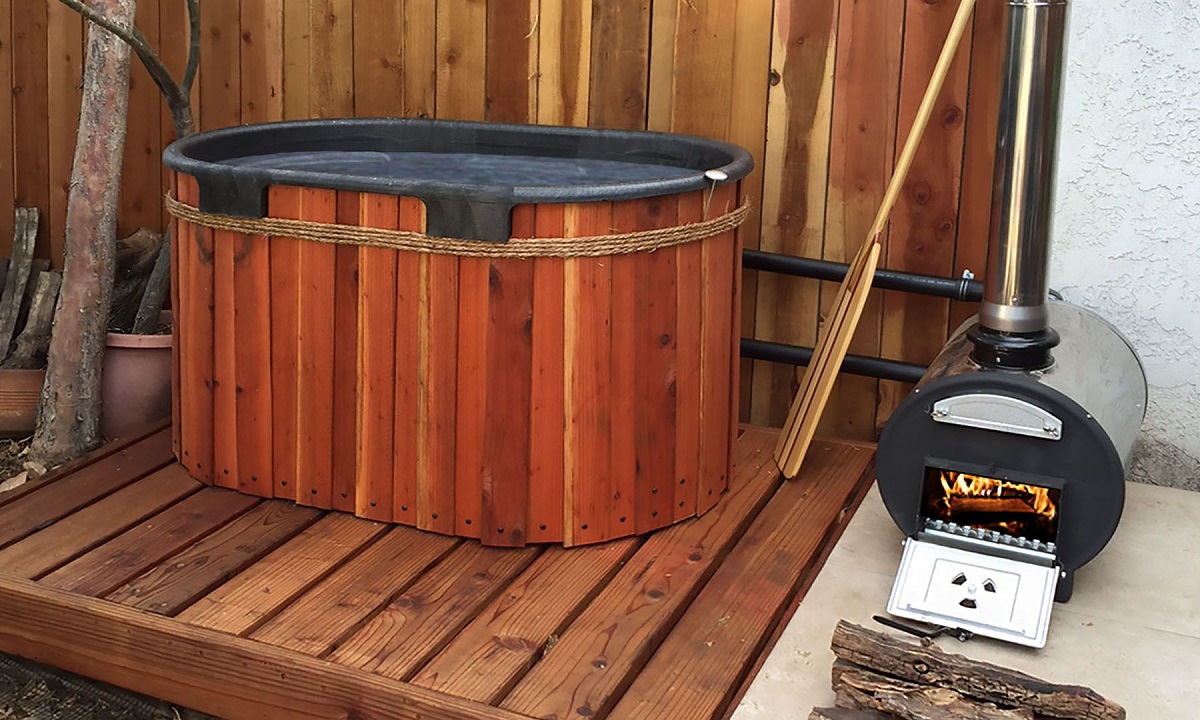
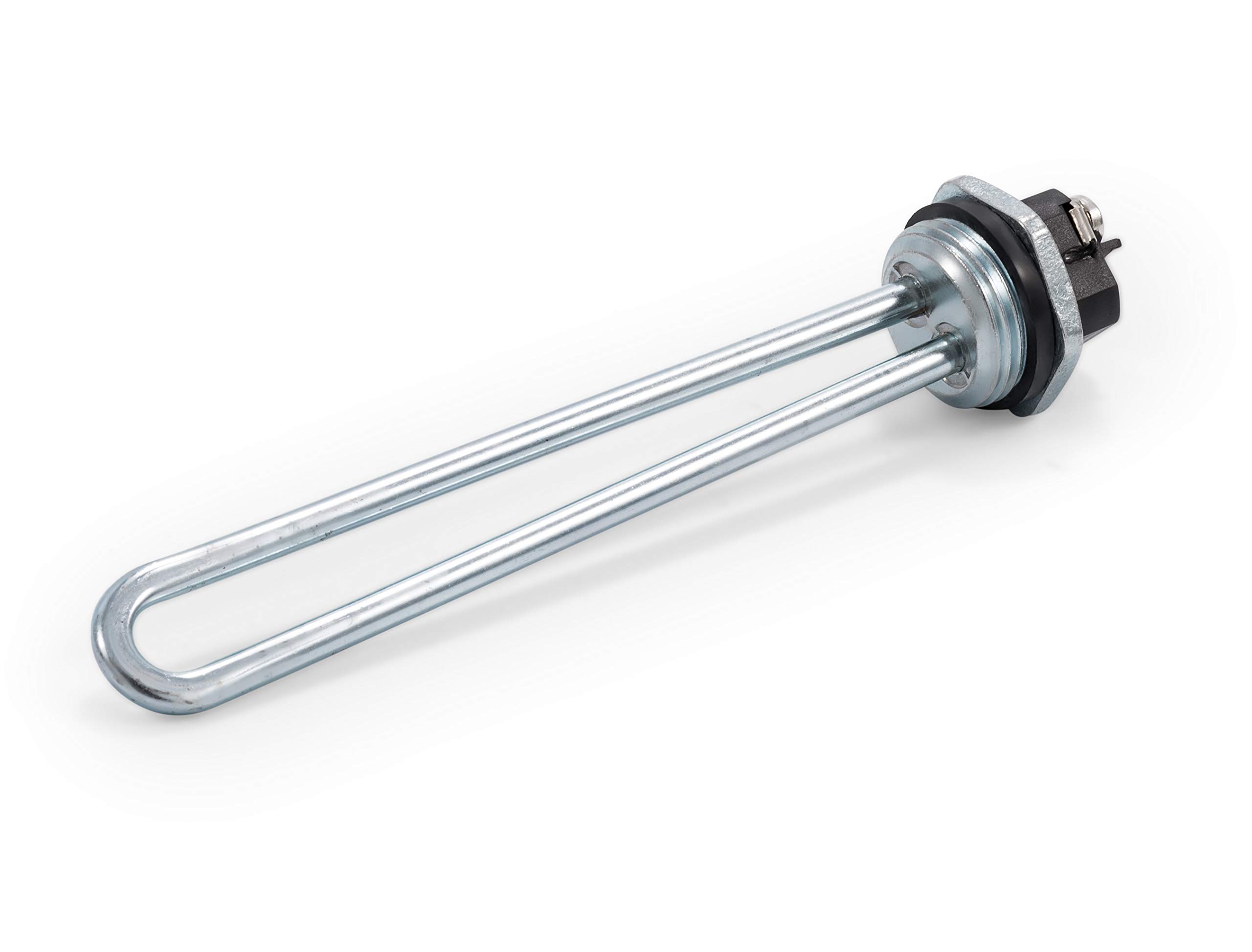
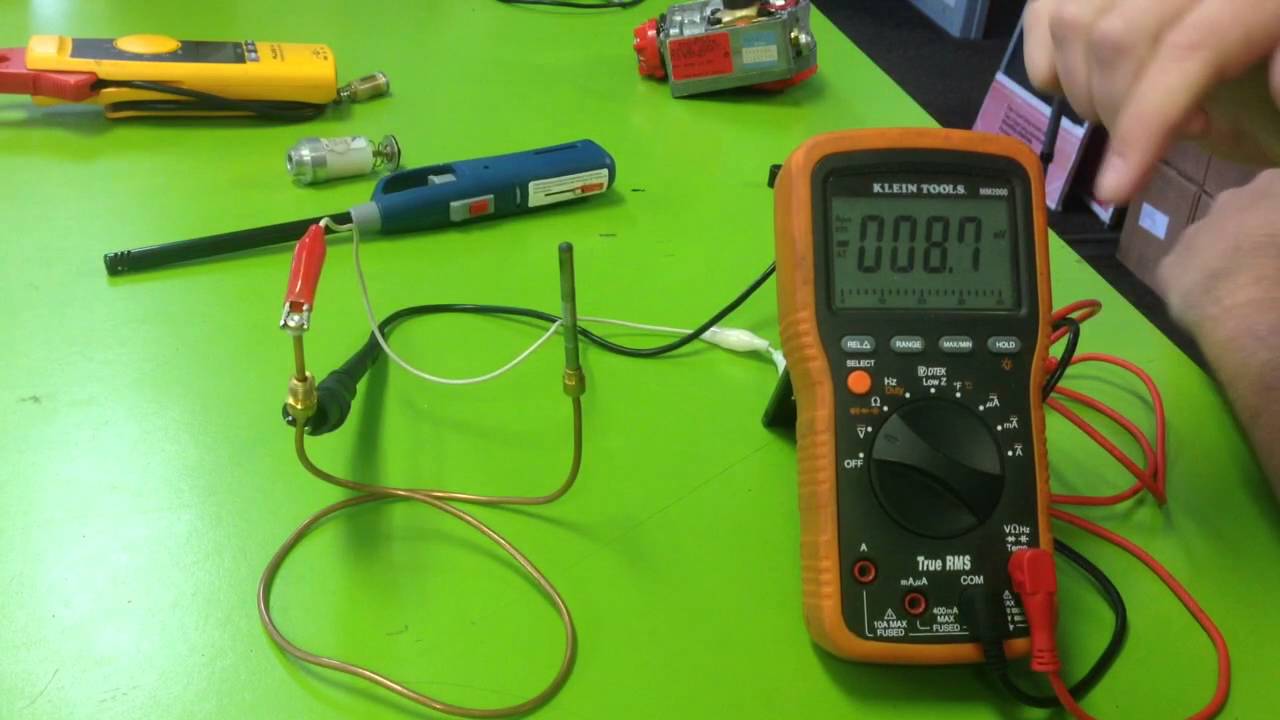
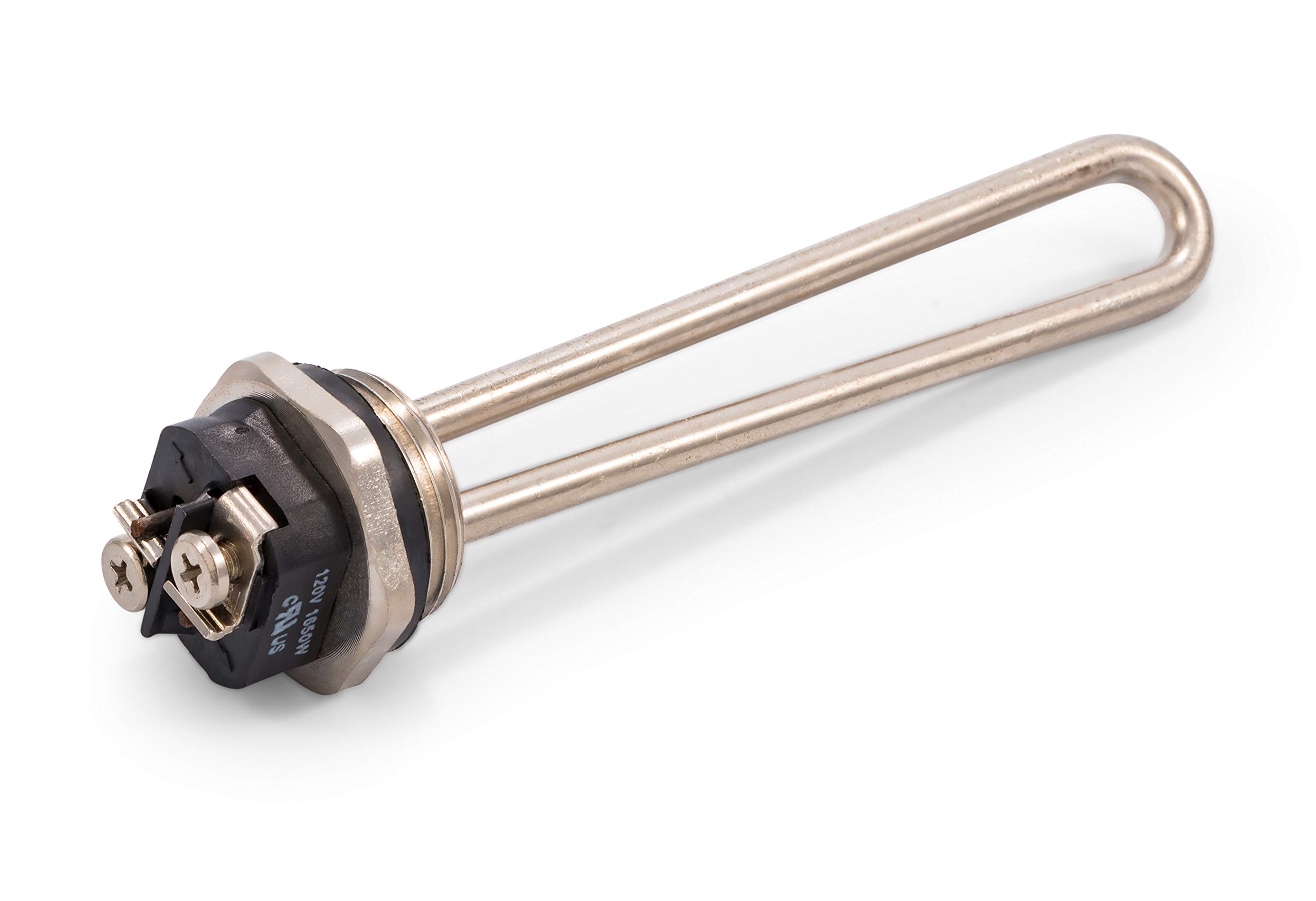
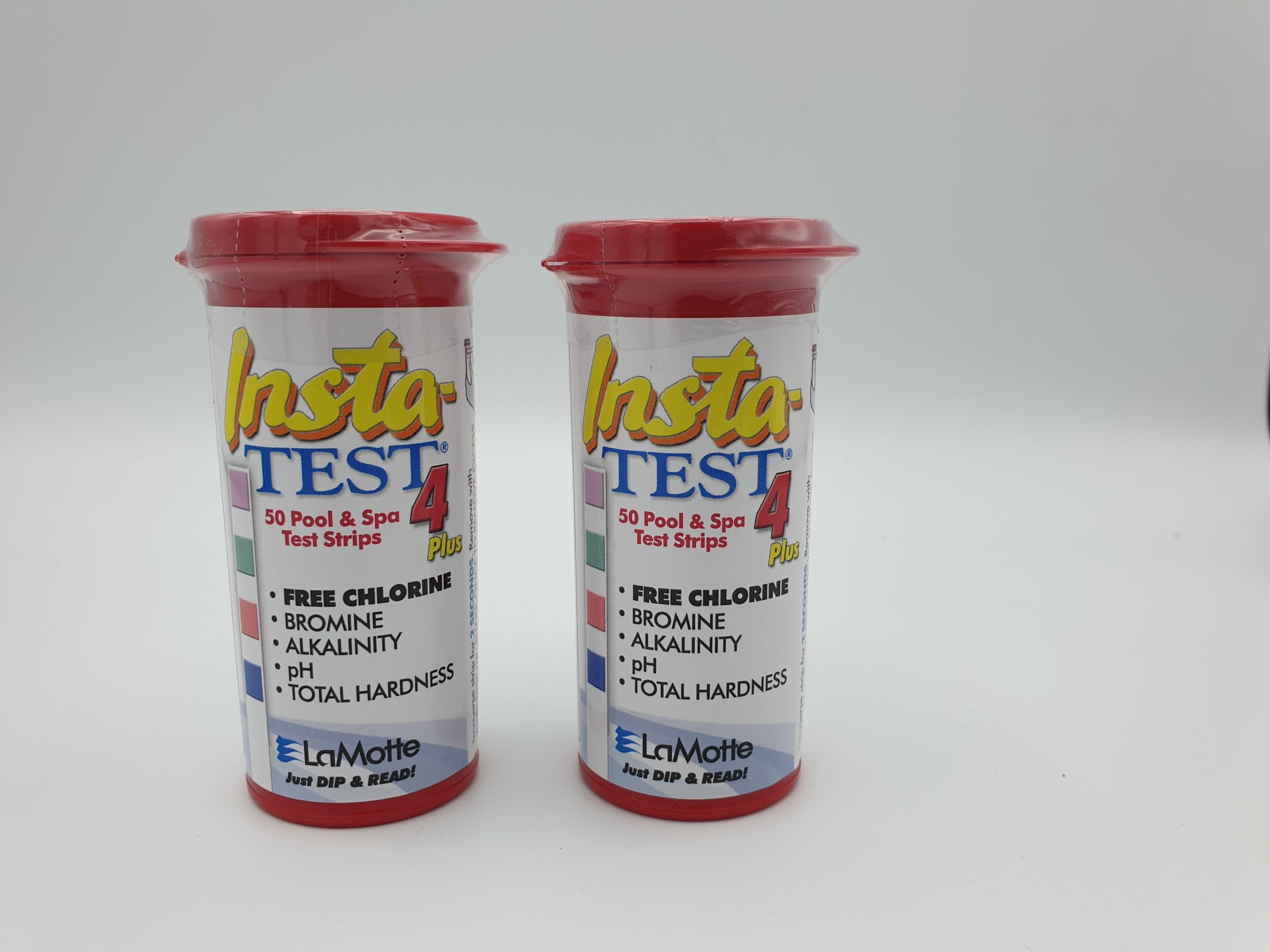
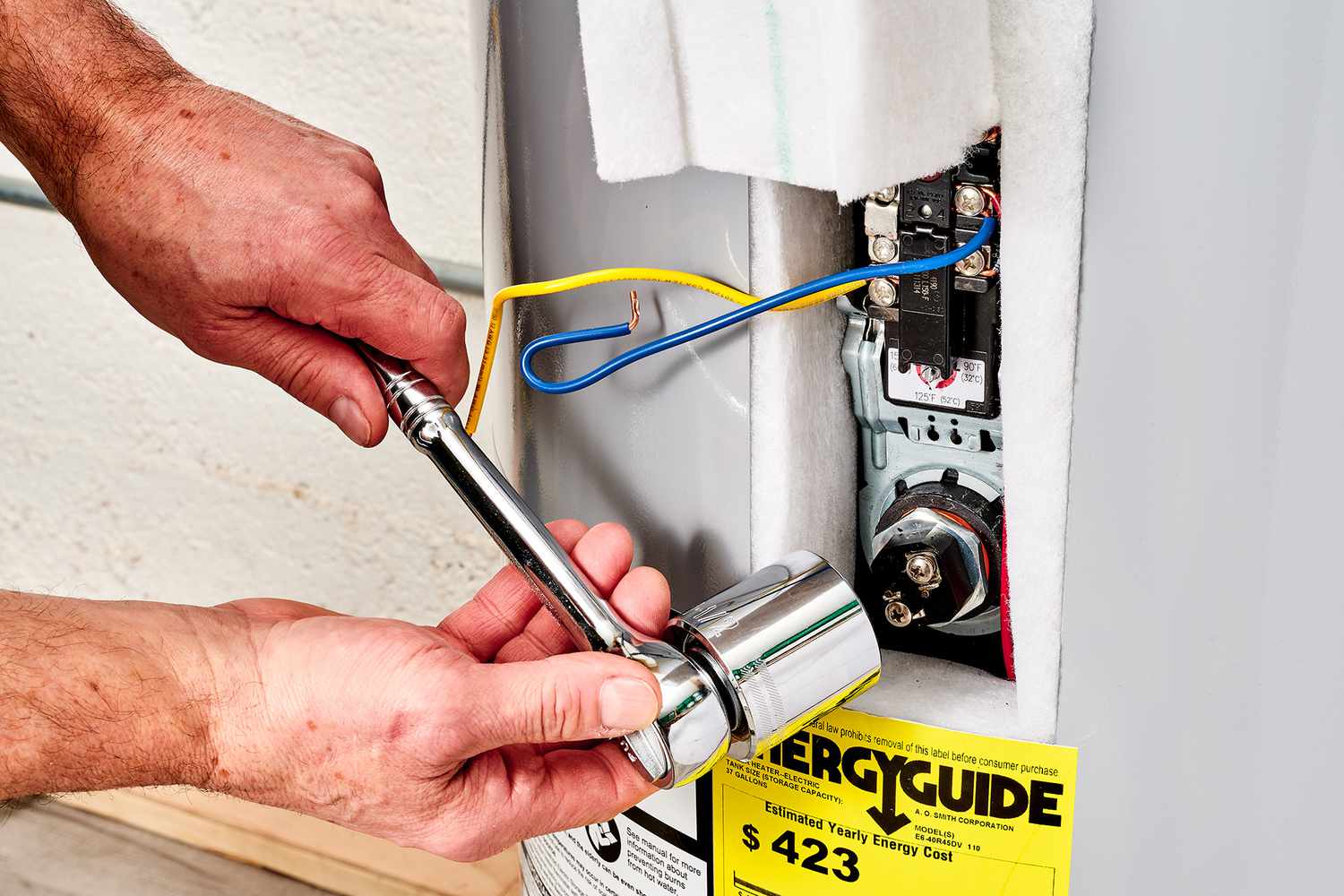
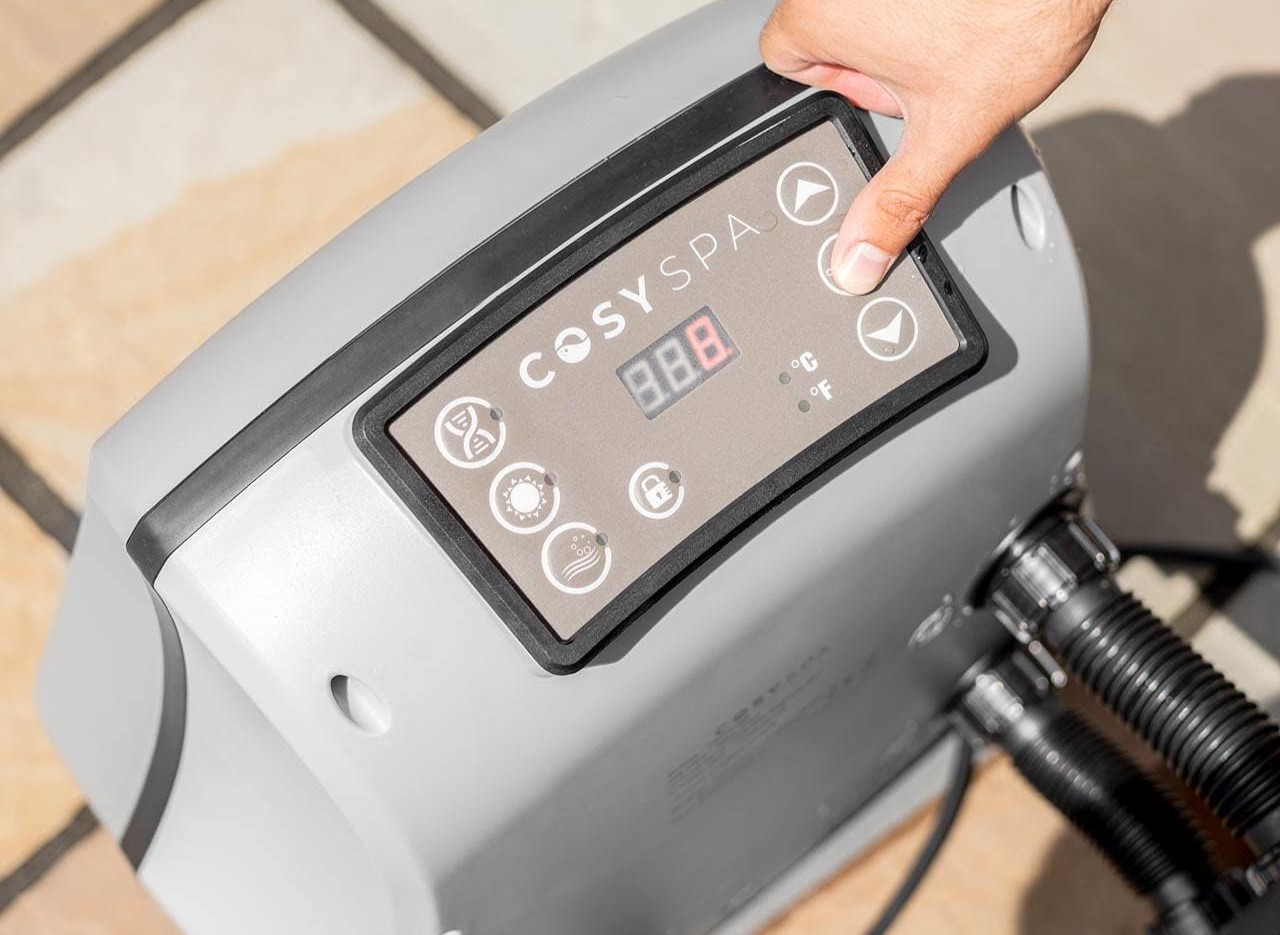

0 thoughts on “How To Test Hot Tub Heater Element”